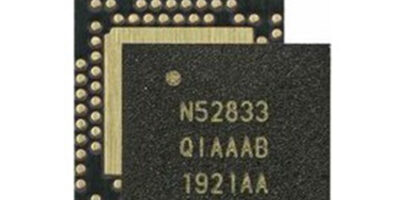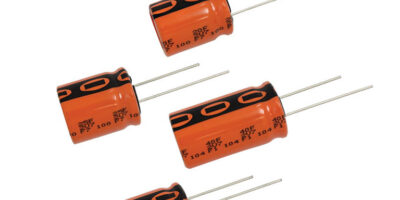Keysight Technologies claims to accelerate the time-to-market of leading 5G, IoT and automotive electronics, using the PathWave Test 2020 software suite. It is developed on the Keysight PathWave software platform.
The suite enables 5G, IoT and automotive engineers and managers to streamline test data processing and analysis to speed product introductions and secure a competitive advantage in the market, explains Keysight.
PathWave Test 2020 software provides data sharing and management between platform software tools including test automation, advanced measurement, signal creation and generation, as well as data analytics. According to the company, the integrated software platform allows application-tailored solutions to be developed and deployed to “significantly accelerate electronic test workflows and product introductions”.
The PathWave Test 2020 software suite includes the PathWave Desktop Edition, providing users with access to the platform for launching and managing applications in the design and test ecosystem. It enables engineers to manage instrument discovery and installed design and test software, share data with a common user experience across all design and test software, accelerate development and deployment and improve insights leveraging powerful new analytics and measurement science.
PathWave runs on both Windows and Linux and provides immediate access to design and test tools. The interoperability of the design and test tools and advanced data management speeds the product development cycle and eliminating the need to re-create individual measurements and test plans at each discrete stage of the process.
PathWave Test 2020 also includes PathWave Test Automation which leverages the OpenTAP open source test sequencer. For design verification, validation, and test engineers under extreme deadline pressures, the PathWave Test 2020 suite supports efficient test flows including shared data and analysis for making fast, informed decisions.
Keysight Technologies helps enterprises, service providers and governments accelerate innovation to connect and secure the world. Keysight’s solutions optimise networks and bring electronic products to market faster and at a lower cost with offerings from design simulation, to prototype validation, to manufacturing test, to optimization in networks and cloud environments.
Customers span the worldwide communications ecosystem, aerospace and defence, automotive, energy, semiconductor and general electronics end markets.







